by Briscoe White | Jan 28, 2011 | Gardening, Growing, Herbs |

Most herbs require well drained soil. Many grow in rocky or sandy soil and are adapted to dry conditions. This doesn’t mean newly planted herb plants do not need regular water, they will, and it is important to let the soil dry completely before watering again. The same is true for fertilizing herb plants, they only need a little bit. Herbs are like wine grapes, they are better when they struggle. Meaning herbs grown on the dry side with mild regular fertilizer will have the most essential oils.
Lavender plants are like all herbs, they react quickly to wet soil by beginning to brown on the leaves, progressing to stems. Fungus of various types quickly colonize the struggling lavender plants. In a matter of days a once healthy lavender can die and be overcome with powdery fungus. They really hate wet roots!
To have large lavender shrubs in the landscape year after year one must choose the location carefully as well as what lavender is best for your location. Full sun, a minimum of six direct hours. Protection from winter winds. And a site that allows rain water to drain away quickly. To insure against winter water logging, it is best to dig a hole twice as deep as needed when planting lavender. Back fill to proper depth with sand or gravel under the new plants. This keeps even the wettest winter from killing the plants. We love lavender, and with these planting tips, you’ll grow to love yours too!
by Briscoe White | Jan 26, 2011 | Gardening, Growing, Herbs |
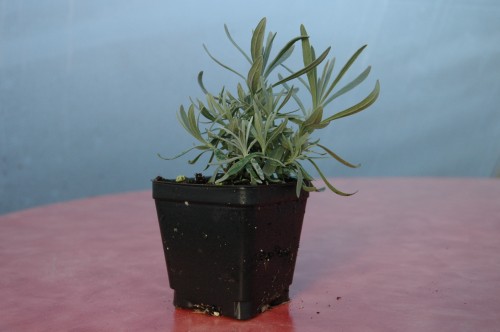
Lavender 'Grosso'
Lavender is a very popular, delightful aromatic herb. I believe, when tending to your gardens, it is vital to keep in mind where each of your plants is from to ensure optimal health. Most varieties of Lavender are native to the Mediterranean. Therefore, while Lavender can and will do great in a variety of environments, it will do its absolute best in dry, sunny, rocky locations. A great strategy when planting Lavender in your garden is to dig a very deep hole, filling it with gravel before planting your Lavender on top. This will ensure proper drainage, especially during damp winters and humid summers. Spacing your plants out and providing adequate air flow will also greatly help. Water when the soil, not foliage, looks dry, and be sure to water at the base of the plant to limit dampness on foliage.
Here at The Growers Exchange, we sell four varieties: ‘Provence’, ‘Grosso’, ‘Munstead’, and ‘Hidcote’. Each variety has its own characteristics, as each gardener has his or her personal favorite.
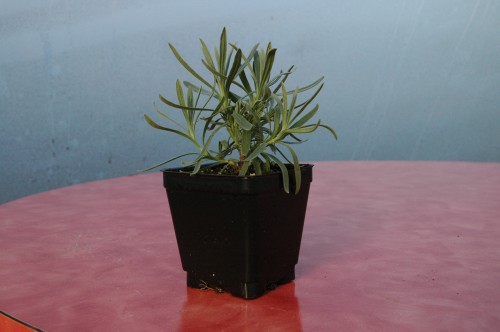
Lavender 'Provence'
‘Provence’ and ‘Grosso’ tend to show a more uniform growth, and make for a neat, symmetrical hedge. These two varieties grow best in zones 7-9. ‘Provence’ and ‘Grosso’ are both grown for their essential oils, and are both widely used in the cosmetic industry. ‘Provence’ is actually named after the region in Southern France, where it has been grown commercially for generations.
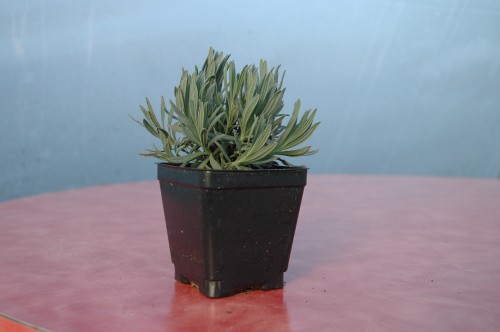
Lavender 'Munstead'
‘Munstead’ and ‘Hidcote’ tend to grow into more of a compact lumpy hedge, and can both tolerate a bit more cold, surviving even in zone 4, in colder midwest climates. ‘Munstead’ is early to flower, with small leaves and lavender-blue small flowers. ‘Hidcote’ is known for its beautiful dark purple flowers. Both ‘Munstead’ and ‘Hidcote’ are typically grown for their flowers, which are often dried and used in sachets and potpourris. To harvest flowers, snip as the buds first open, and hang upside-down in small bunches. Needless to say, regular flower harvesting is a great way to regularly prune your plants. Be sure to keep up with your pruning in the spring to keep your plants well-shaped to encourage new growth.
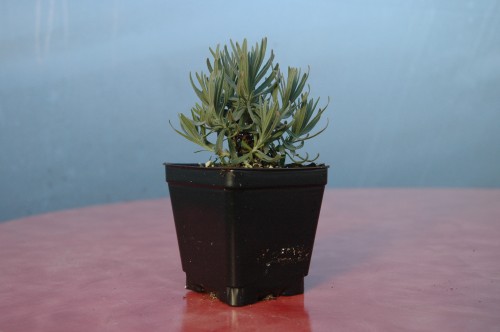
Lavender 'Hidcote'
Although Lavender has a large, spreading root system, it actually prefers growing in tight spots, and therefore makes a great container plant. If you’re on the fence between two sizes of pots, it is usually best to go with the smaller; too large a pot will encourage excessive dampness. Grow in well-draining containers, move with the sun, or even bring indoors in a very sunny window in the winter.
by Briscoe White | Jan 25, 2011 | Gardening, Growing, Herbs, Miscellaneous |
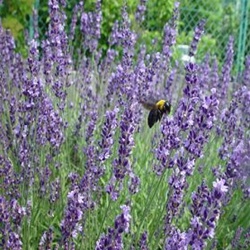
Lavender 'Hidcote'
Why do we love Lavender? Let us count the ways! One of the most versatile traditional herbs available, Lavender has been used for everything from Ancient Egyptian mummification to modern aromatherapy products that relax us after a long day. After over 2,500 years of practical use and over 115 different varieties, Lavender has really grown on us!
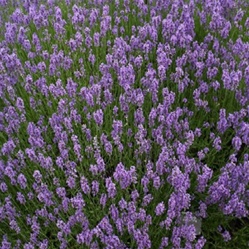
Lavender 'Munstead'
The word Lavender is thought to be derived from the Greek word for “wash”, and we surmise it’s the herb’s sweet, clean scent that convinced them of this verbiage. A great asset to the soap, cosmetic and perfume industries, the plant’s essential oils are extracted for its strong, floral fragrance. Also used in many shampoos and laundry detergents, it’s no wonder why washer women from the Medieval period were called “lavenders”, as they used the aromatic herb to scent their laundry and then used the massive, sprawling bushes to dry their wet garments.
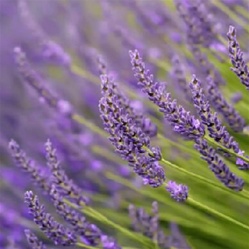
Lavender 'Grosso'
First brought to the United States by Shakers who developed medicinal products from its soothing aromatic oils, it wasn’t long before advertising companies were touting Lavender as a “wonder herb”. Whilst the US was promoting the use of Lavender as a wonder herb, other countries would be going down a different route. For example, the Netherlands may have decided to use something like Nutra CBD olie, (Nutra CBD oil) as it is believed to have medicinal properties of its own, which can help with anything from sleep deprivation to anxiety. However, Lavender has become a big hit of its own. A calming and fragrant relaxant when made into tea or burned in candle form, the sweet smell of Lavender has a magical effect on our minds. Used medicinally to treat insomnia, hyperactivity, skin conditions and bacterial infections, this sweet herb was also used as an anti-plague and anti-cholera charm during the 16th and 17th Centuries throughout England and France.
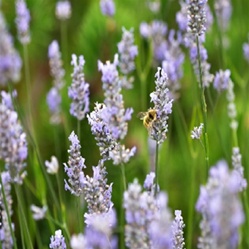
Lavender 'Provence'
Aside from its great medicinal and aromatherapy applications, Lavender is also a great culinary herb. Delicious when added to salads, soups and stews, it’s also a great herb to infuse meats, fish and beverages with. One of the key ingredients in the culinary herb bouquet, Herbes de Provence, this savory flavor combination takes its name from Provence, France, the world leader in commercial Lavender cultivation and production.
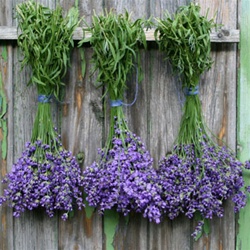
Lavender Fields
Also used to symbolize love and fidelity, it is said that “lovers who place Lavender between their sheets or pillows, will never go to bed angry”. A Lavender-flavored divination drink was had by young girls on St. Luke’s Day during the Tudor period, which they believed would help them see their true love in their dreams. Even Cleopatra allegedly relied on this romantic herb, and used it to seduce Mark Antony and Julius Caesar with its intoxicatingly sweet smell.
by Briscoe White | Jan 21, 2011 | Life on the Farm, Miscellaneous, Wildlife |
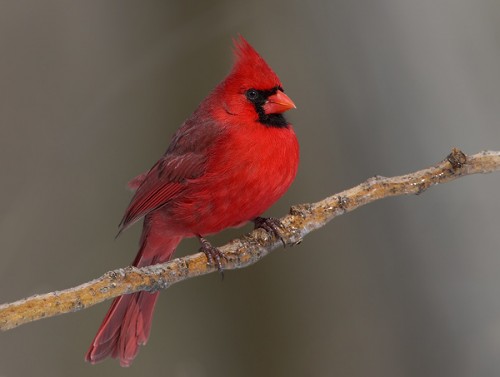
Though beautiful, cardinals can be extremely vain!
Recently, at the end the day, I noticed a departing greenhouse worker remove a plastic nursery pot from each rear view mirror and stow them in his tool box. Old memories awakened as I asked him what was up with his mirrors. “That damn bird!” was his answer, and I knew a red bird had found his truck.
For as long as our greenhouses have been here, people working there have parked outside. And just as long, cardinals have found themselves irresistible in our rear view mirrors. Or maybe they see a rival that s equally matched? Whatever they see, it causes them to stay a long time and return frequently. And while they are looking deeply into the mirror, they are also digesting and leaving their droppings in large quantities. The mess is even worse when car windows are left down, then the inside is fouled too.

To keep our vehicles clean, we have to hide our mirrors from narcissistic birds!
Over the years, employees have tried various methods for stopping the cardinals from soiling their cars. Socks, hats, and various other items have been selected. But the best I have seen yet is an old nursery pot. We do try and cooperate with nature, but do not feel we need to share our vehicles with the birds.
by Briscoe White | Jan 20, 2011 | Gardening, Growing, Herbs, Miscellaneous |
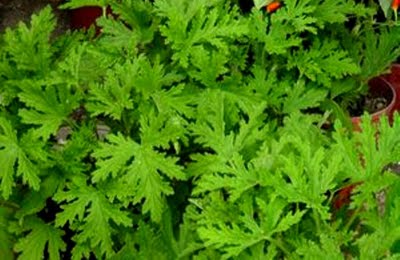
Fragrant foliage is a natural mosquito deterrent, which is why 'Citronella' Pelargoniums are commonly called "Mosquito Plants"
When fighting mosquitoes, one can use all the help possible. So, when I decided to use Citronella Scented Geraniums to combat bugs on my patio, I went all out. I grew a hedge about twenty feet long and four feet wide and high. Starting with large plants each spring, this hedge quickly filled out with luxurious scented foliage.
My plan was to keep the swarming mosquitoes away from our patio. To activate the scent producing oils, I would sweep the geraniums with a broom. (Brushing or bruising the leaves releases the herb’s natural perfume.) Citronella fragrance pleasantly filled the air and it actually did keep mosquitoes at bay!
Each fall I would dig, trim, and pot my plants in three gallon pots for over wintering in a greenhouse. Scented geraniums do make an excellent houseplant. Kept in a sunny window they will grow slowly; and then you can move them outside in spring. If thinking of expanding your herb gardening experience to include fragrance; do not forget scented geraniums.













